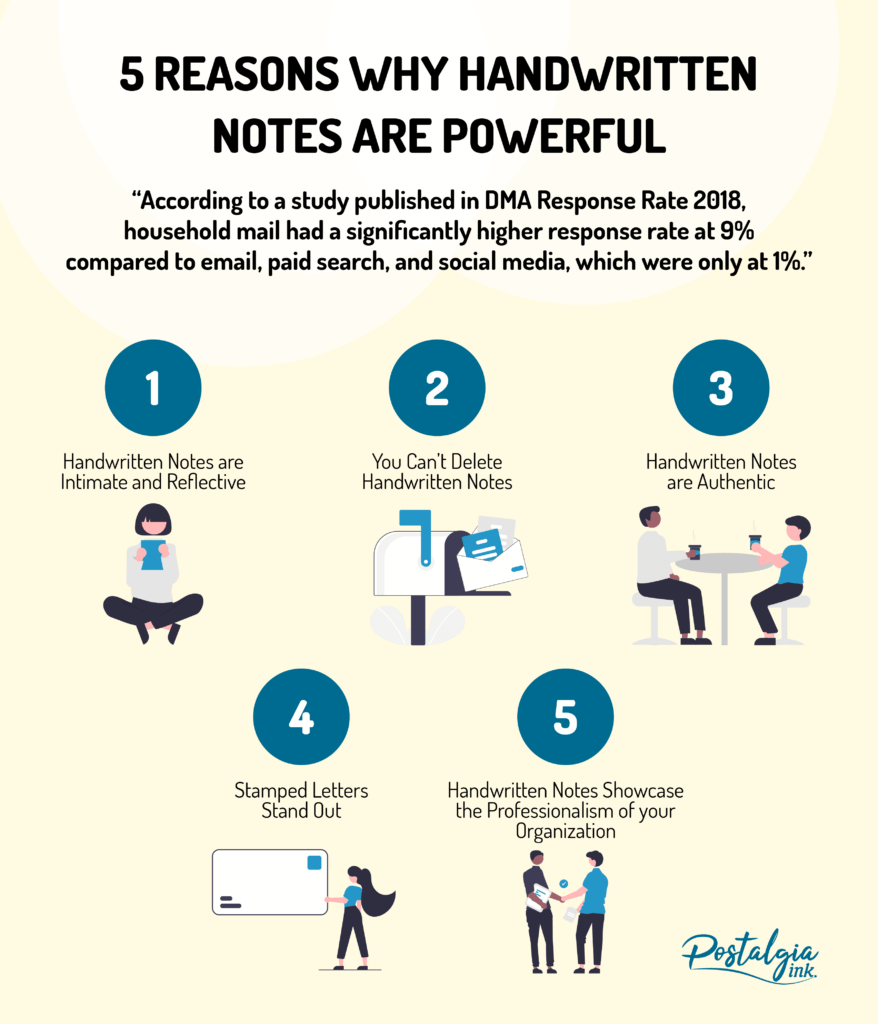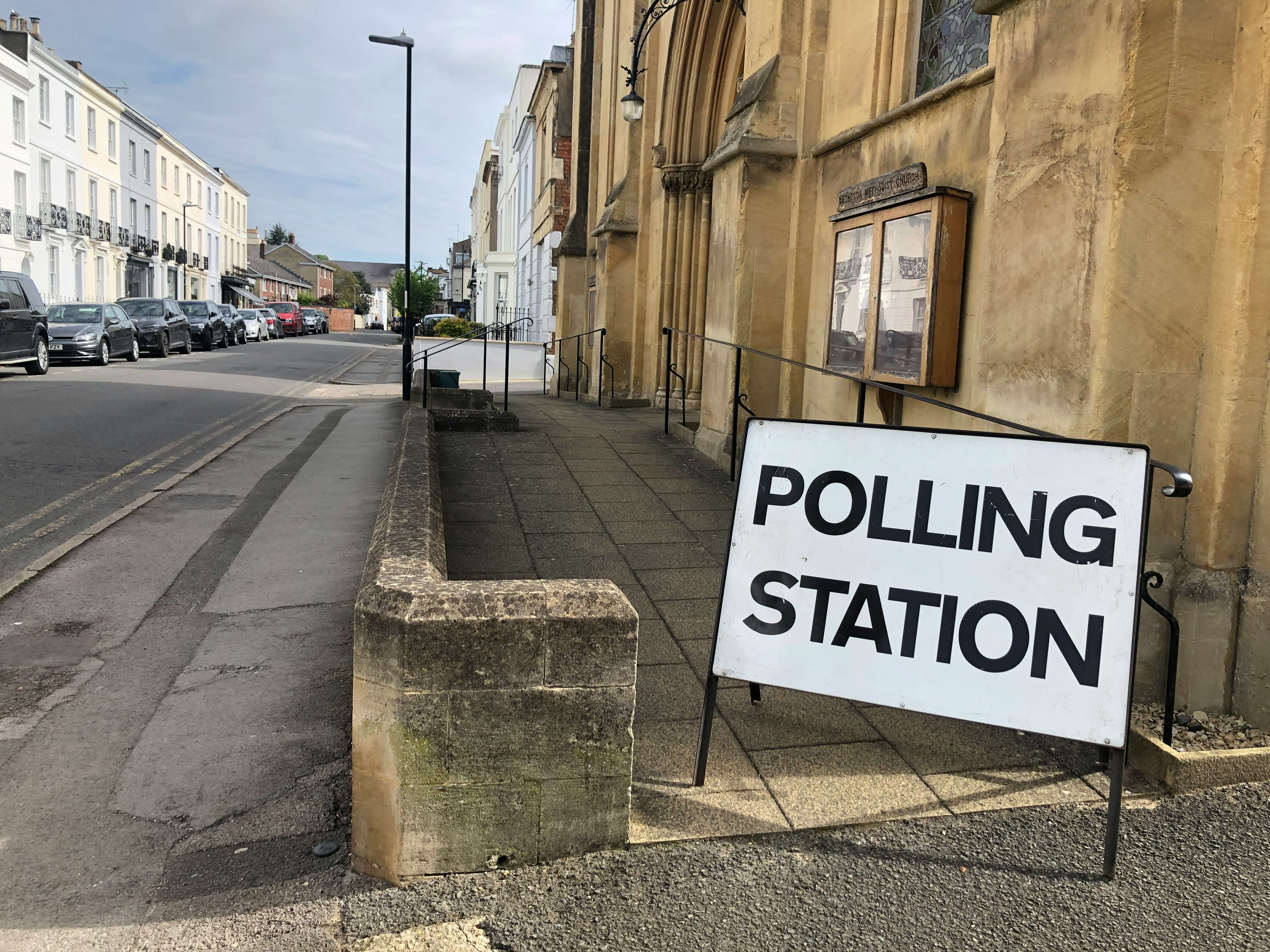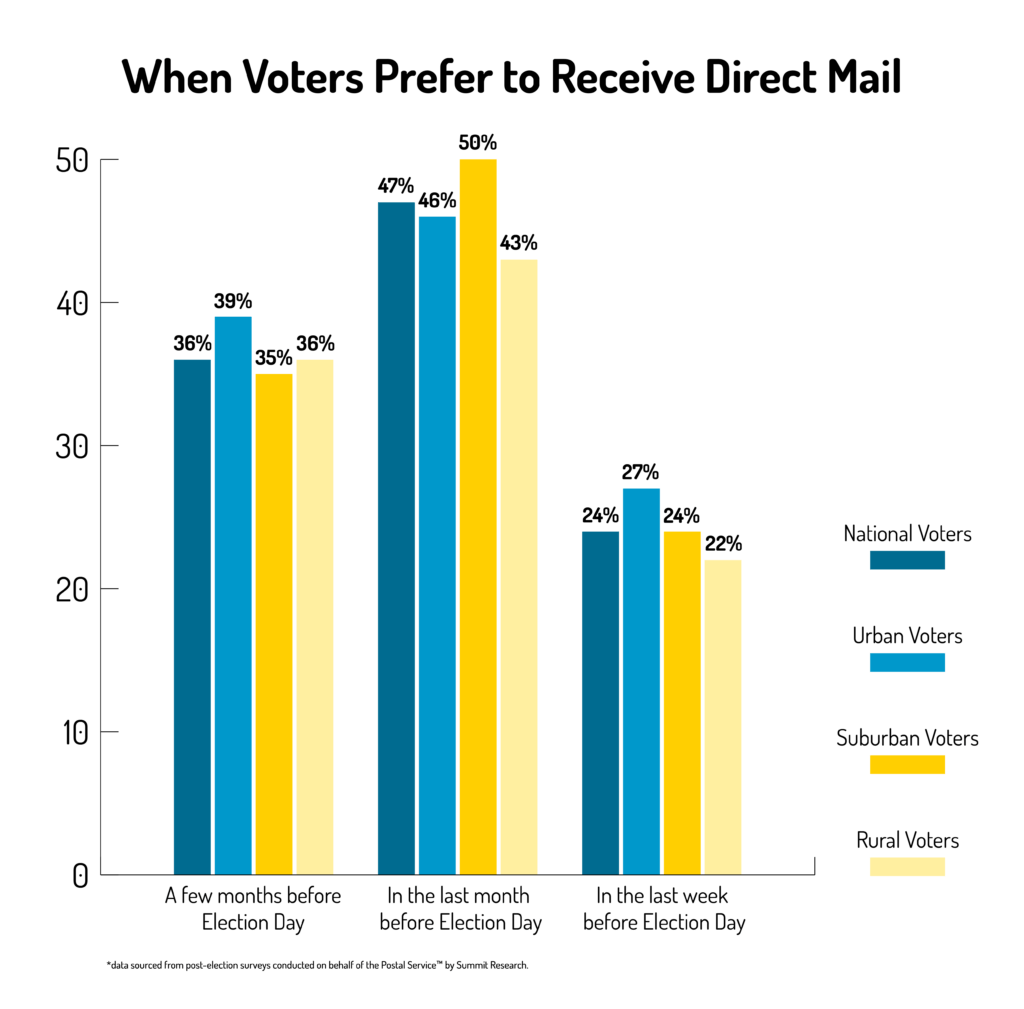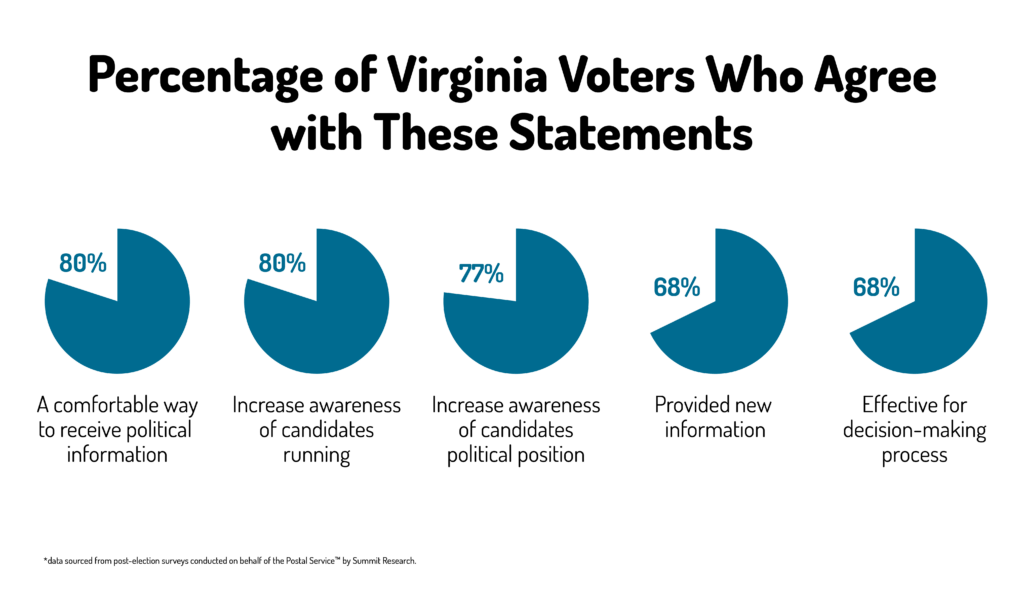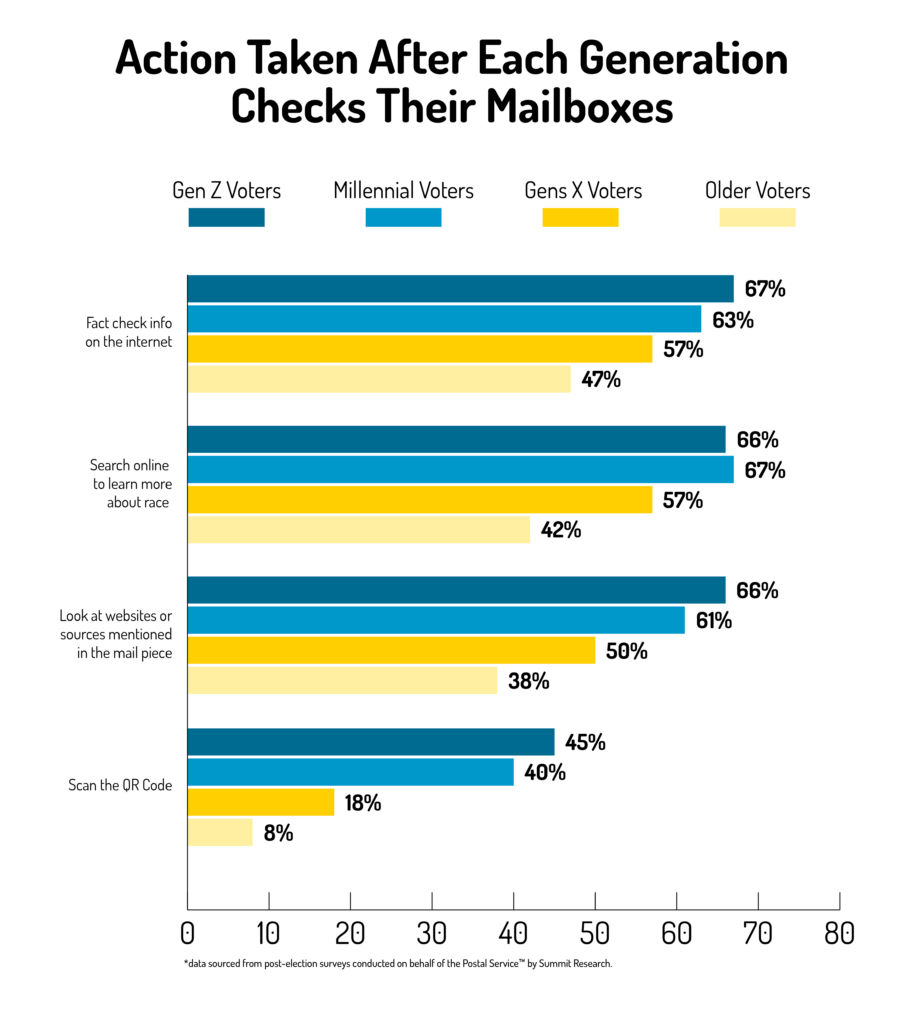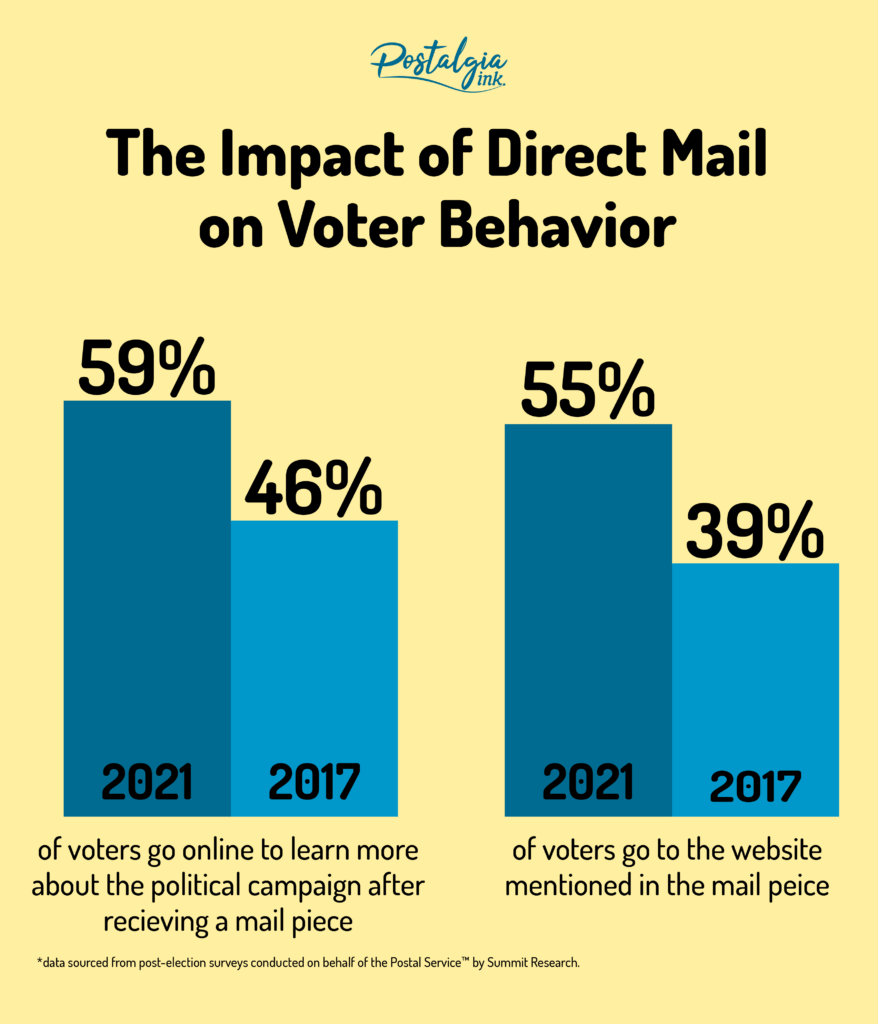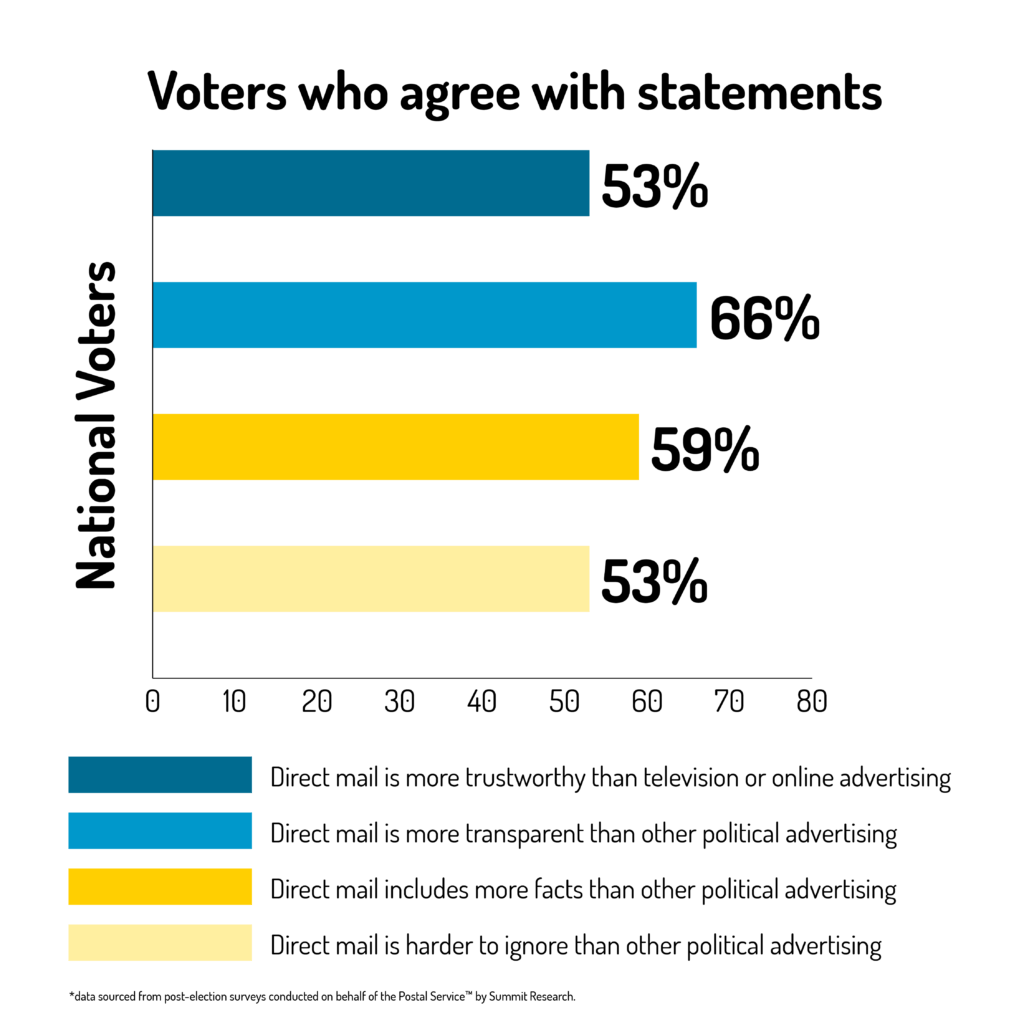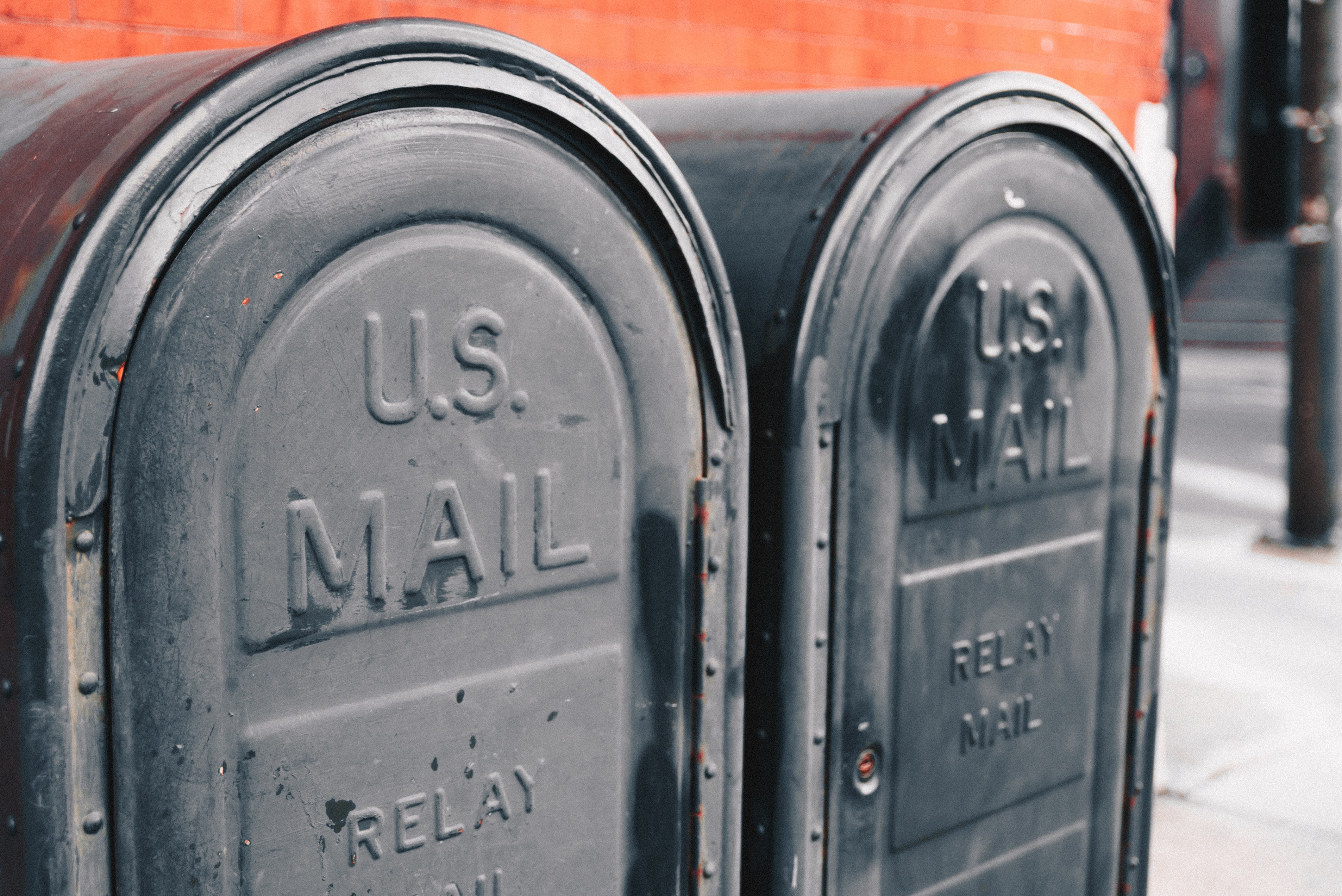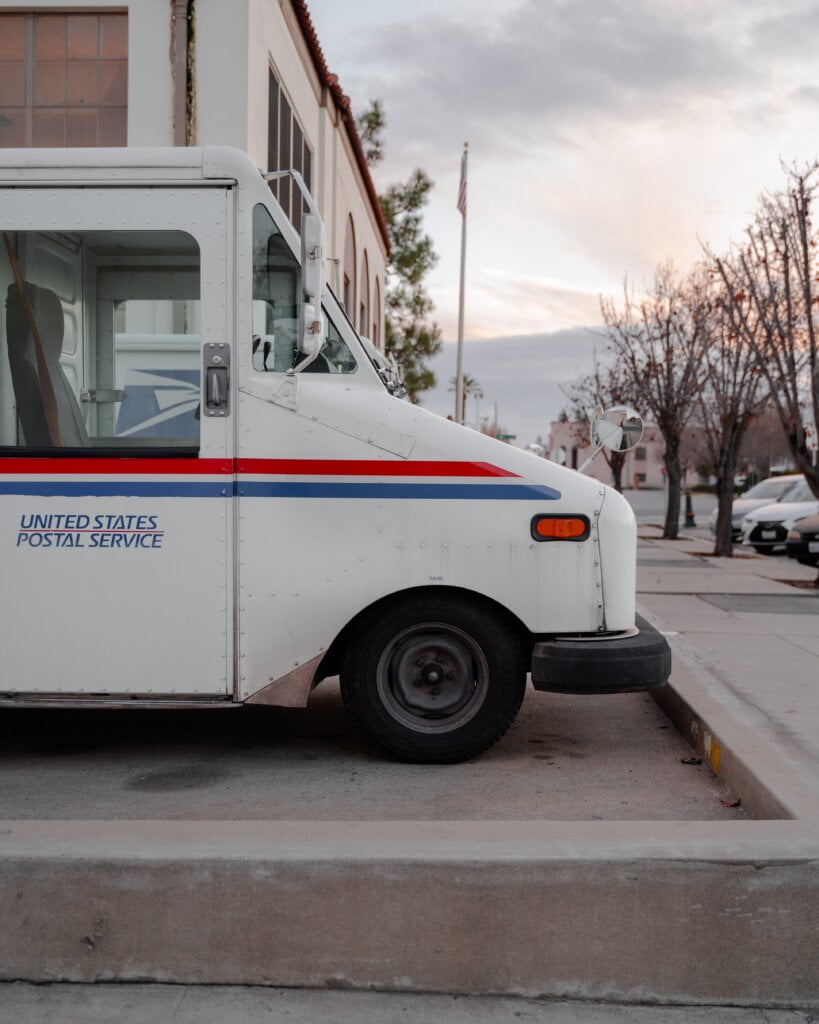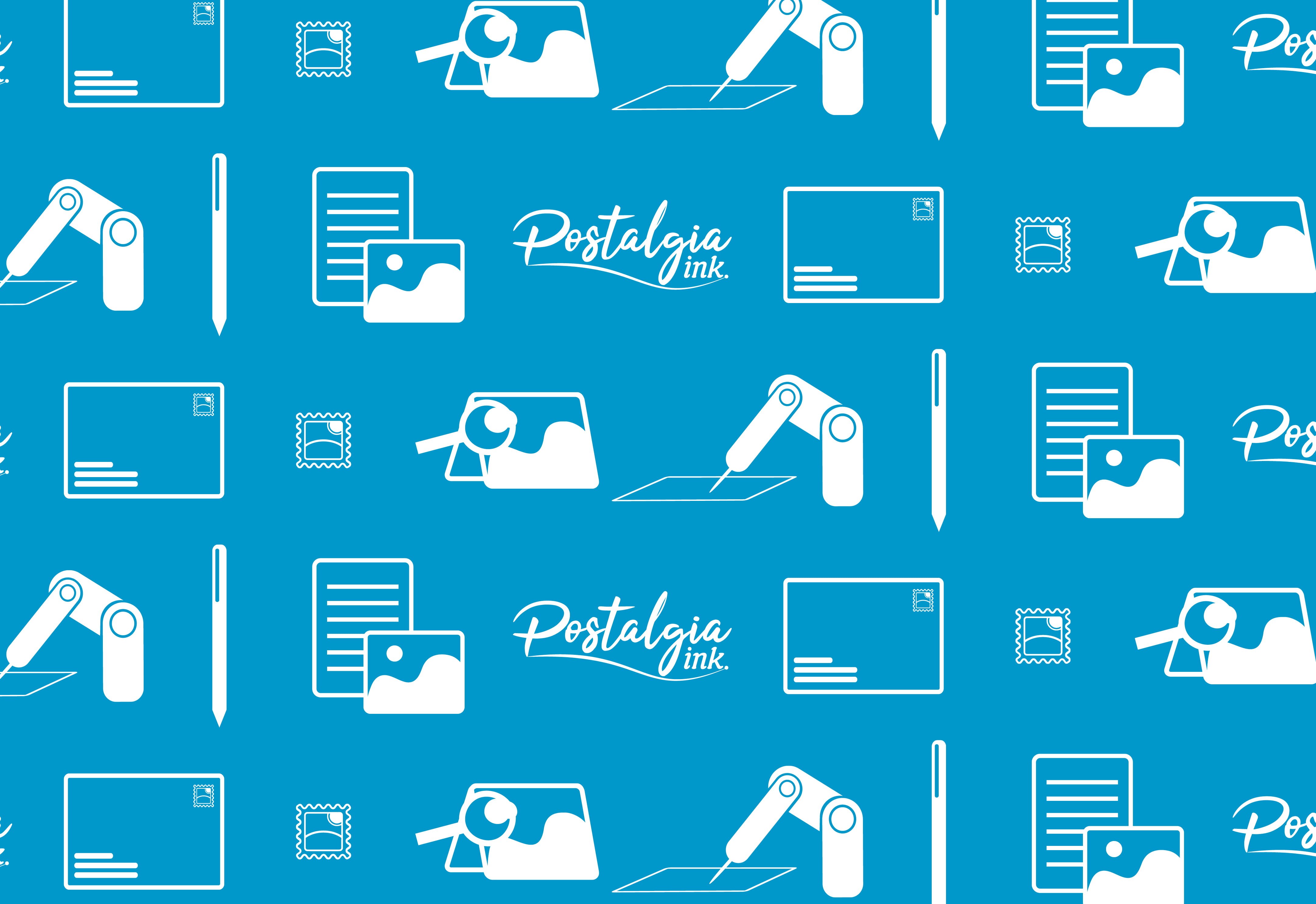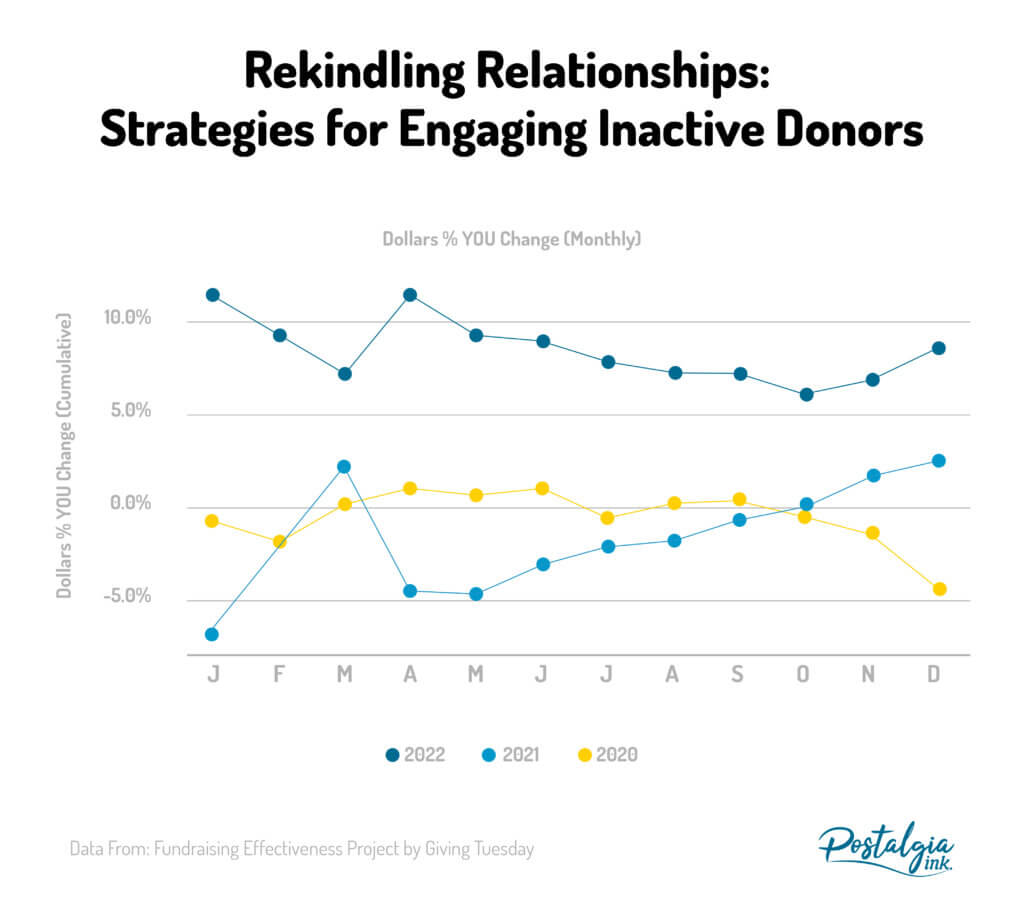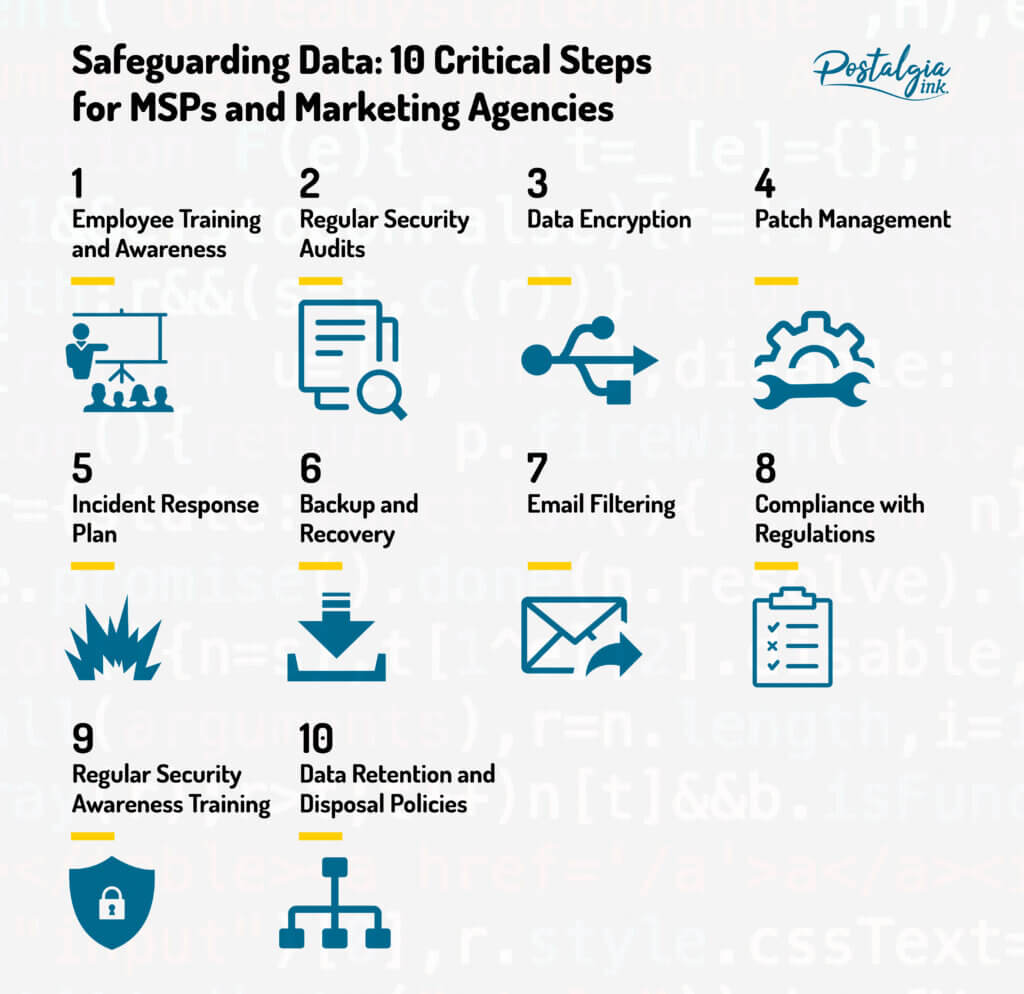INTRODUCTION
The need for stringent data security measures has reached unprecedented heights. Organizations are navigating the complexities of modern technology, PacketLabs sheds light on some shocking statistics relating to cybersecurity: in 2022 there were an estimated 2,200 cyberattacks per day, and 71% of organizations worldwide became victims of ransomware at least once in the same year. Amidst this backdrop, Mail Service Providers (MSPs) and Marketing Agencies stand at the forefront of safeguarding not just their own sensitive information, but also that of their clients. In this blog post, we will delve into the vital steps that companies must prioritize to fortify data security, ensuring not only their survival but also their thriving success in a digital era fraught with cyber threats.
Key Topics
1. How to Maintain Employee Training and Awareness?
2. Why Perform Regular Security Audits and Assessments?
3. How Does Data Encryption Secure Data?
4. How to Ensure Software Patch Management?
5. Why you Need an Incident Response Plan?
6. Why a Data Backup and Recovery Solution is Critical?
7. Why Implement Email Filtering and Anti-Phishing Measures?
8. What are the Relevant Regulations for Mail Service Providers?
9. Why is Regular Security Awareness Training Important?
10. Why are Data Retention and Disposal Policies Needed?

1. How to Maintain Employee Training and Awareness?
Employee training and awareness are vital for strong data security. Educating all staff about data security details, best practices, and threats like phishing attacks is crucial. Such training empowers employees to identify and thwart cyber threats which can lead to unauthorized access to confidential data.
Consistent training sessions are essential to keep your team prepared for evolving security challenges. These sessions showcase the organization’s dedication to up-to-date security protocols, reinforcing existing knowledge while introducing new measures. Active engagement during these sessions fosters a culture of constant vigilance and adaptability.
Clearly defining roles and duties related to information security is imperative within the organization. This clarity prevents confusion and encourages responsibility. When employees understand their roles, they’re more likely to follow best practices and take proactive steps to protect sensitive data.
2. Why Perform Regular Security Audits and Assessments?
Regular security audits and assessments are vital for maintaining system integrity. They methodically identify vulnerabilities, serving as crucial tools to locate weak points in your digital setup. Once weaknesses are spotted, swift action is crucial to prevent breaches and unauthorized access, reinforcing your defense against cyber threats.
Periodic reviews of systems, networks, and processes continuously detect vulnerabilities and assess adherence to security standards. Aligning practices with benchmarks ensures heightened security and regulatory adherence. These assessments also provide insights into evolving threats, helping your organization adapt proactively to emerging challenges in the digital landscape.
3. How Does Data Encryption Secure Data?
Several critical measures need to be taken to ensure the confidentiality and integrity of sensitive information. One such measure is the implementation of robust encryption protocols to safeguard data both during transmission and when at rest. Encrypting sensitive data in transit is of paramount importance. This involves encoding the data during its journey from one point to another, effectively rendering it indecipherable to unauthorized parties who might intercept it. By employing encryption mechanisms like Transport Layer Security (TLS) for email communication, organizations can guarantee that any information shared over email remains confidential and protected against potential breaches.
Equally significant is determining where client information will be housed. Whether it’s stored in on-premises servers or cloud-based solutions, the chosen location must adhere to stringent security standards. Creating protocols for the secure deletion of client data after their engagement with the organization is another vital facet of data security. Companies need to establish clear procedures for erasing client information from all relevant systems, databases, and backups. This process not only mitigates the risk of unauthorized access post-engagement but also reflects a commitment to respecting clients’ privacy.
4. How to Ensure Software Patch Management?
A centralized approach to patch deployment offers a streamlined and efficient method for managing security updates across various systems and platforms. By consolidating the patching process, organizations can ensure that vulnerabilities are addressed uniformly, reducing the risk of oversight or inconsistent updates.
Prior to deployment, thorough testing of patches is essential to ensure their compatibility and stability within the existing infrastructure. This proactive step prevents the introduction of unforeseen issues that might disrupt operations or compromise system integrity. Rigorous testing helps identify any potential conflicts or adverse effects that could arise from the patch, allowing organizations to address these concerns before the update reaches production systems.
A fundamental aspect of effective patch management involves keeping all software, applications, and operating systems up to date with the latest security patches. Regularly updating and applying security fixes is paramount to mitigating known vulnerabilities and staying ahead of emerging threats. Neglecting to apply patches in a timely manner can leave systems susceptible to exploitation, making them prime targets for cybercriminals seeking to exploit known weaknesses.
5. Why you Need an Incident Response Plan?
Business Continuity Plan (BCP) is a critical foundation for organizational resilience. It’s imperative to annually review and update the plan to reflect evolving risks and business needs. This precautionary approach ensures that the BCP remains aligned with current conditions and remains effective in times of crisis.
A well-structured incident response plan is indispensable for effectively mitigating security breaches. This comprehensive plan should outline precise steps to be executed when a breach occurs. Clearly assigning roles and responsibilities to designated team members streamlines response efforts and avoids confusion during critical moments. Regular drills and simulations are essential to validate the plan’s effectiveness and ensure that the team is prepared to execute the required actions swiftly and efficiently.
Regularly rehearsing the incident response plan through drills and simulations is pivotal. These practices fine-tune team coordination and provide a real-world understanding of the response process. As the threat landscape evolves, proactive updates and rigorous testing of the plan are fundamental in maintaining a robust security posture and safeguarding business continuity.
6. Why a Data Backup and Recovery Solution is Critical?
A dynamic Disaster Recovery Plan (DRP) stands as a safeguard against potential setbacks. Central to this plan is a well-structured communication strategy designed to address clients who might be impacted by the unfolding situation. This communication plan ensures that all parties involved are kept informed, minimizing confusion and fostering a sense of transparency.
Integral to the DRP’s effectiveness is the routine backup of critical data and systems. By regularly duplicating essential information, an organization can mitigate the adverse effects of data loss. Whether due to human error, system malfunctions, or unforeseen disruptions, having up-to-date backups enables a seamless recovery process that helps maintain operational continuity.
The true essence of data resilience lies in the practice of maintaining offsite backups. These offsite copies serve as a fail-safe mechanism, safeguarding against data loss caused by factors ranging from cyberattacks to hardware failures. Having these backups stored in secure and geographically distant locations ensures that even in the face of localized incidents, data recovery remains a viable option, ultimately reducing downtime and enhancing the organization’s ability to bounce back from adversity.
7. Why Implement Email Filtering and Anti-Phishing Measures?
In the modern landscape of cyber threats, safeguarding email communication is paramount. Employing sophisticated email filtering solutions is a proactive defense mechanism against phishing emails, malware, and malicious content. These advanced tools use intricate algorithms to swiftly identify and block suspicious elements, fortifying an organization’s digital perimeter.
Equipping employees with the knowledge to identify and thwart phishing attempts is equally crucial. Through comprehensive training programs, individuals learn to recognize telltale signs of phishing, empowering them to refrain from clicking on harmful links or sharing sensitive information. Encouraging a culture of vigilance, where employees promptly report suspicious emails, further bolsters the organization’s collective defense against cyber threats.
8. What are the Relevant Regulations for Mail Service Providers?
Staying in alignment with pertinent regulations like GDPR or HIPAA, is essential. Depending on your geographical location and the sectors you cater to, compliance with these regulations is important to safeguard user data and maintain trust. These regulations dictate how personal information is collected, processed, and shared, with stringent provisions to ensure data security and privacy.
Adhering to these regulations goes beyond mere legal obligations – it’s a fundamental step toward ethical data management. To this end, your processes must be meticulously aligned with the stipulated guidelines. This entails implementing data protection measures, obtaining proper consent, offering transparent privacy policies, and promptly addressing user rights requests. Non-compliance can lead to severe consequences, including substantial fines and reputational damage.
9. Why is Regular Security Awareness Training Important?
To fortify an organization’s security stance, continuous employee training is essential. Ongoing security awareness programs ensure that employees are well-versed in emerging threats, cybersecurity best practices, and the criticality of adhering to security protocols.
These training initiatives delve into the latest threat landscape, imparting knowledge on threat prevention and industry best practices. By incorporating simulated scenarios and real-world examples, the learning experience becomes practical and relatable. Employees gain a tangible grasp on how threats manifest and what preventive actions to take.
10. Why are Data Retention and Disposal Policies Needed?
To ensure robust data security, organizations must begin by establishing well-defined data retention and disposal policies. These policies serve as guidelines for how long different types of data should be retained and when they should be safely disposed of. By having clear policies in place, companies create a structured framework that governs the lifecycle of their data, from its creation to its eventual removal.
Regularly reviewing and securely disposing of data that is no longer necessary is a fundamental step in maintaining data security. As information accumulates over time, retaining data that is no longer needed increases the risk of a potential data breach. The principle of data minimization becomes pivotal here – organizations should retain only the data that serves a legitimate purpose and dispose of the rest. By doing so, the potential impact of a data breach is significantly reduced, as there’s less sensitive information at risk of exposure.
CONCLUSION
Data breaches and cyber threats have become commonplace, the responsibility of safeguarding sensitive information has never been more critical for MSPs and Marketing Agencies. By meticulously implementing the ten steps outlined in this post, these entities can create a formidable defense against potential vulnerabilities. From educating staff and clients to adopting advanced security technologies, the path to robust data security demands constant vigilance, proactive measures, and a commitment to staying ahead of the evolving threat landscape. As companies embrace these strategies, they not only protect their own reputation and business continuity but also foster trust among clients, positioning themselves as defenders of digital security. Ultimately, by prioritizing data security, these entities pave the way for sustainable success in an increasingly interconnected and risk-prone digital world.
At Postalgia, we prioritize data security above all else. We recognize the sensitive nature and importance of your data, and we go beyond standard measures to ensure its complete protection. Our security protocols involve robust strategies aimed at preventing unauthorized access and data breaches, ensuring the highest levels of confidentiality and integrity throughout every step of the process.
In a time where the consequences of data breaches can be far-reaching, our dedication to data security goes beyond mere policy; it stands as a commitment to safeguarding your interests. We comprehend that the faith you entrust in us forms the foundation of our relationship. It’s this very trust that drives us to cultivate an environment where your data is housed with the utmost security.
Want to level up your direct mail? Contact us.
